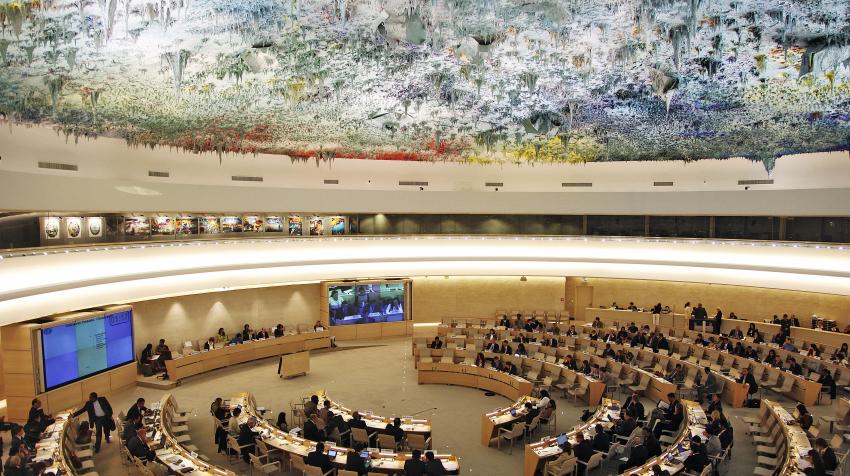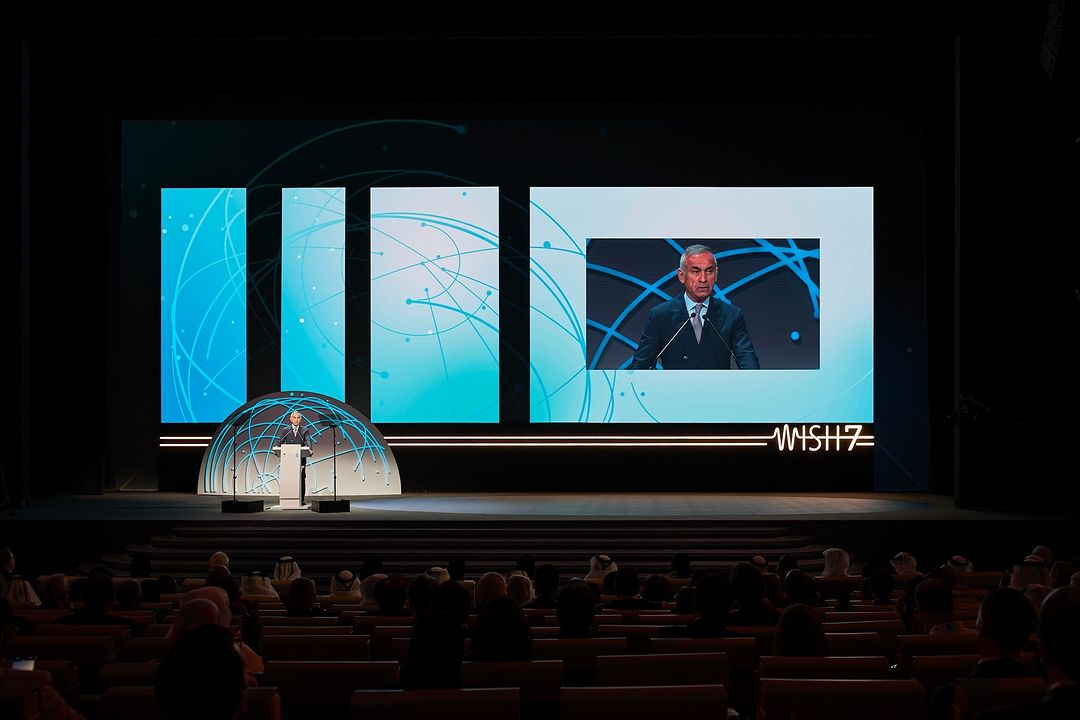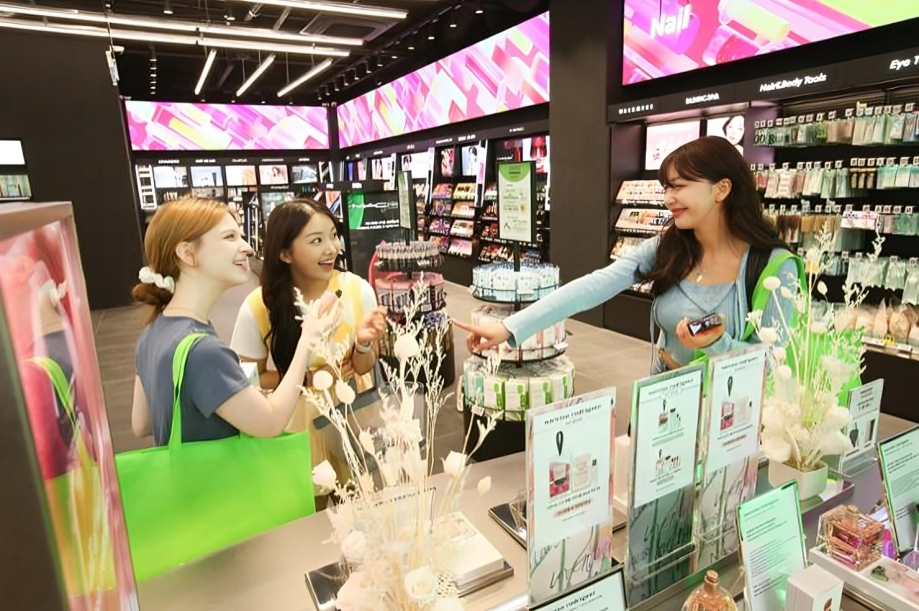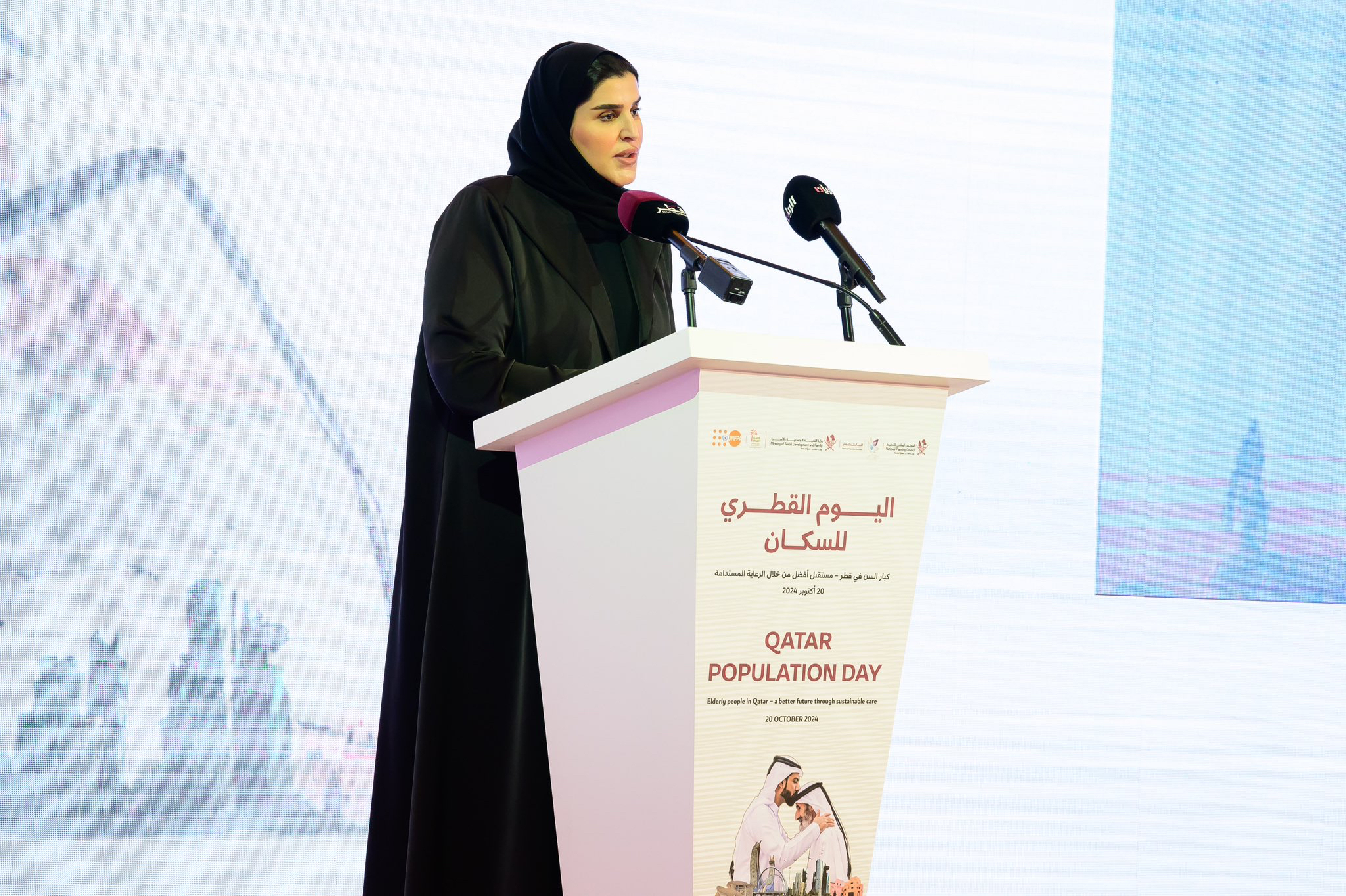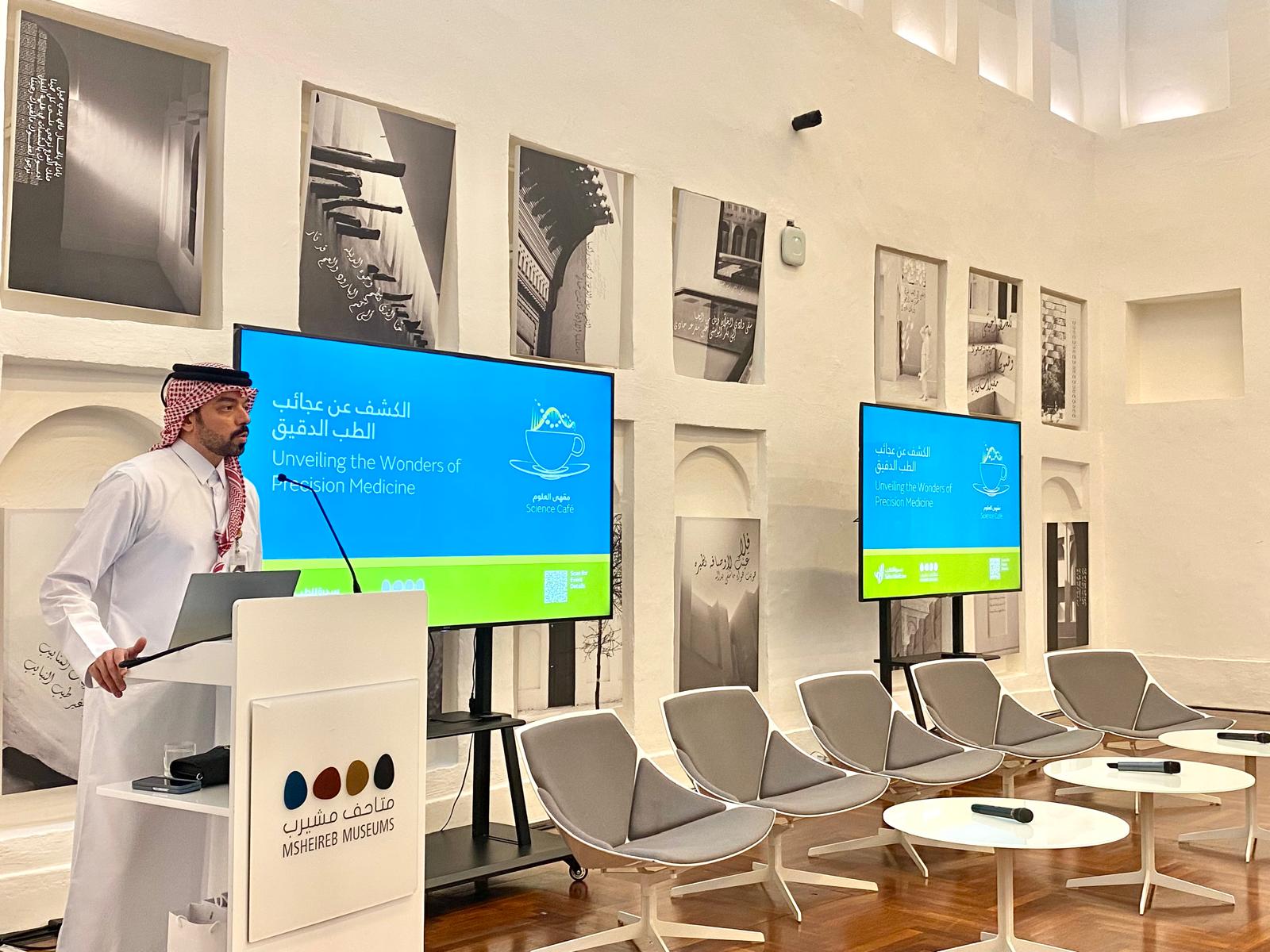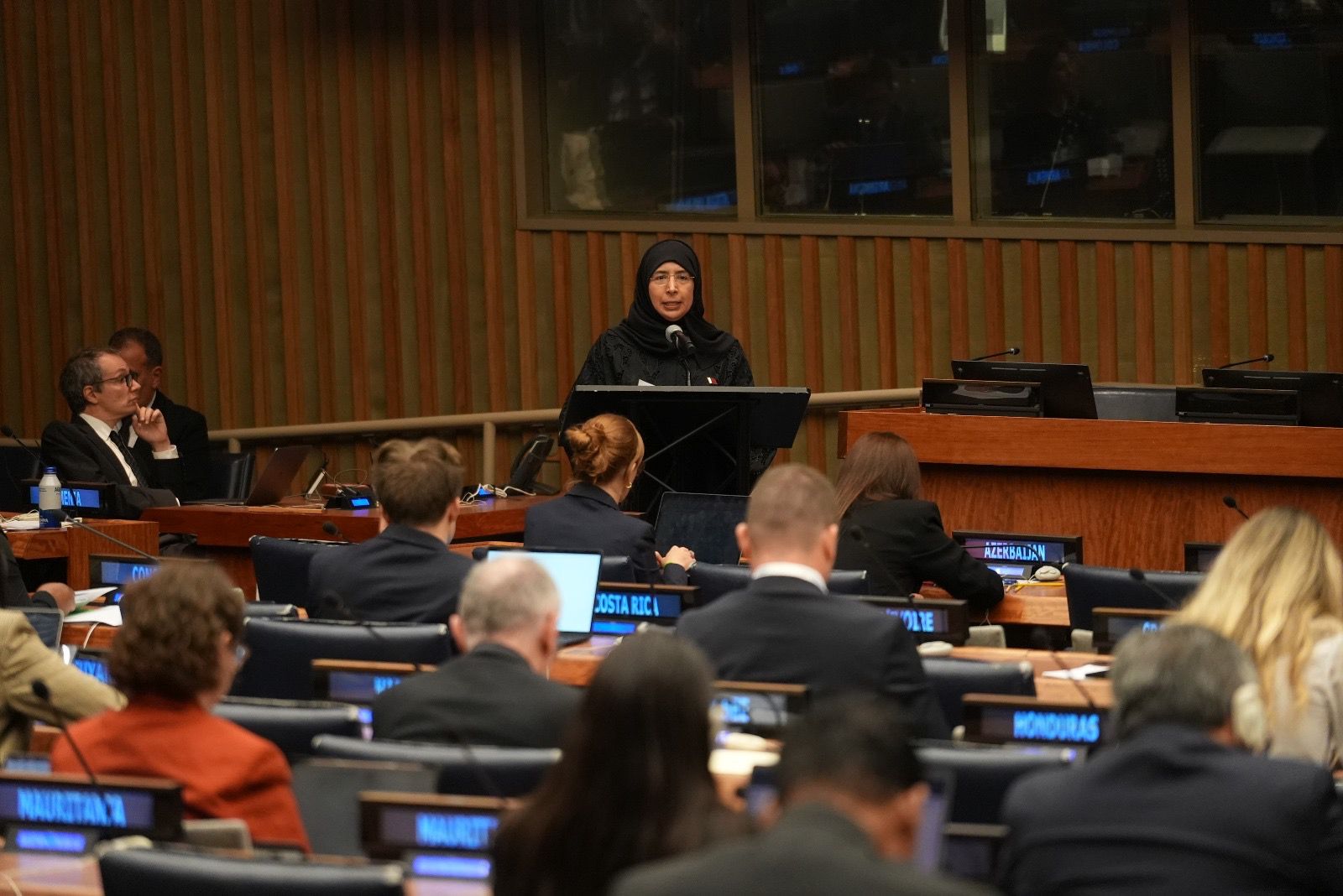Tobacco companies in Indonesia, India, and Mexico got around FIFA’s ban on advertising for their goods by linking their products to the World Cup on social media, a new analysis has found.
Between September and December last year, 354 instances of tobacco marketing were detected by Vital Strategies’ digital media monitoring system in public posts on Facebook, Instagram, and Twitter.
Indonesia was the country from which the vast majority of posts (92%) were made, followed by India (6%) and then Mexico (2%). Instagram had over 70% of the marketing examples.
“Despite tobacco being the antithesis to athleticism and health, tobacco marketing on social media platforms continues to use sports to mislead youth and hook them on these deadly products,” said Nandita Murukutla, vice-president of global policy and research at Vital Strategies.
“As traditional marketing channels shut out tobacco promotion, tobacco marketers have set their sights on social media to connect their products with sports, especially football, and have a direct channel to youth.”
In the late 1980s, the international football governing body banned tobacco from being promoted, advertised, or sponsored during the World Cup. The last World Cup to ever feature a tobacco sponsor, RJ Reynold’s Camel, made a debut in Mexico in 1986.
However, the World Cup’s unmatched global appeal provides a unique platform for tobacco companies to leech off of and promote their goods on a local and national scale.
“FIFA’s ban on tobacco promotion is a good first step, but by itself lacks teeth,” said Sandra Mullin, senior vice president for policy, advocacy and research at Vital Strategies. “FIFA and football celebrities must work more actively and explicitly to distance themselves from the tobacco industry by calling out its underhanded youth-oriented marketing practices.”
FIFA took its first overt step to curb tobacco usage during the 2002 World Cup when it teamed up with the World Health Organisation (WHO) to outlaw smoking on the tournament premises for the first time.
In Qatar 2022, Qatar’s Ministry of Public Health, the WHO and FIFA teamed to establish the most strict anti-tobacco measures ever deployed at the World Cup — rules which were well publicised.
Djarum, the largest offender in using the World Cup to promote its tobacco products according to Vital Strategies, is an Indonesian tobacco giant with a long history of doing so.
The corporation conducts “corporate social responsibility” projects that provide scholarships to children for badminton, one of Indonesia’s most renowned sports, and operates national football programmes for youth players. Djarum was also the primary sponsor of Indonesia’s premier football league from 2005 to 2011 and acquired Italian football team Como 1907 in 2019.
The World Cup provided an opportunity, given Djarum’s history of football-related marketing as it moved quickly to capitalise on fan excitement encapsulating the competition.
As for India, given its harsher regulatory climate, cigarette corporations resorted to a new approach to reap off of the World Cup. They sold affiliate brands.
Despite the fact that there was no direct marketing for tobacco products in connection with the 2022 World Cup in India, Vital Strategies found extensive advertising campaigns promoting ultra-processed food brands that were owned by major tobacco industries. In the corner of images promoting crisps, some brands prominently displayed the logo of the tobacco company.
Resulting in “almost six billion engagements on social media,” the Qatar 2022 tournament cast its own media universe that produced an absurd set of figures.
Citing the research of Nielsen Media Data, FIFA 2022 dinged 93.6 million posts across all platforms, with a 262 billion cumulative reach and 5.95 billion engagements.
With unparalleled online engagement, the World Cup reaches all corners of the globe, making consumerism a reoccurring theme.
For instance, 13 matches on British television networks featured 1,806 advertisements for alcohol and highly processed foods, totaling 7.5 billion impressions, a 2018 World Cup study found.
Vital Strategies’ investigation further discovered that some online shops used photos of football players to advertise e-cigarettes, typically with World Cup-related ads containing pictures of football players alongside e-cigarette items and discounts.
One such post portrayed Guillermo Ochoa, the goalie of the Mexican national team, holding an e-cigarette and blowing smoke through his nose, with the message ‘Vamos Mexico,’ essentially associating e-cigarettes with national pride.
Other advertisements compared the use of e-cigarettes to community involvement and friendship, much like how football is viewed as a shared passion that unites people, reports said.


